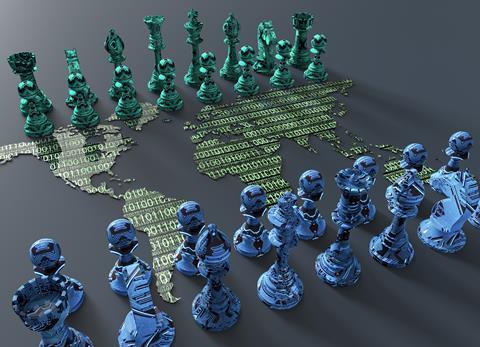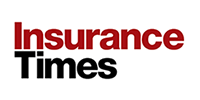Conflict-affected territory has surged 89% in five years, with business exposure also rising, according to new data from Verisk Maplecroft
Global conflict zones have expanded dramatically over the past five years, according to new research from Verisk Maplecroft.

Its latest analysis shows areas affected by armed conflict have grown by 89% since 2021 to cover 4.9% of the world’s permanently inhabited continents, equivalent to 6.6 million square kilometres.
The expansion is driven by major conflicts including the Russia–Ukraine war, civil wars in Sudan, Ethiopia and Myanmar, jihadist violence across the Sahel, and fighting in the Middle East.
Intensifying insecurity in Nigeria, Pakistan and Colombia has also fuelled the rise, the country risk data and analytics firm emphasised.
Hugo Brennan, director of research for EMEA at Verisk Maplecroft, said the spread of conflict reflects a more fractured geopolitical landscape.
“The risks for populations, governments and business are multiplying,” he said.
Highest-risk countries
Maplecroft’s Conflict Intensity Index identifies the ten most severely affected countries as the Palestinian Territories, Lebanon, Syria, Ukraine, Myanmar, Israel, Burkina Faso, Sudan, Somalia and Haiti.
The report highlights Sub-Saharan Africa as the region experiencing the fastest expansion of conflict zones, with a “conflict corridor” stretching from Mali to Somalia now more than double the size it was five years ago.
Sudan has seen the largest increase in conflict-affected territory globally, with a third of the country now impacted by fighting.
Rising business exposure
Conflict is increasingly affecting commercial operations.
Maplecroft’s Asset Risk Exposure Analytics shows a 22% rise in the number of corporate assets located in conflict-affected areas since 2021, from 29,515 to 36,045.
The extractives, technology and communications, and infrastructure sectors have seen increases of more than 60% in assets exposed to conflict zones.
The report warns that businesses face both direct and indirect risks, including threats to staff and facilities, supply-chain disruption, consumer boycotts and state-backed “grey zone” cyber or physical attacks.
Geopolitical flashpoints
Maplecroft’s Interstate Tensions Model highlights rising friction between Russia and Western countries since the invasion of Ukraine.
Tensions between Moscow and NATO states – including Finland, Poland, Lithuania and the UK – have increased sharply, the paper stressed.
Analysts assign a 6% probability of an escalation between NATO and Russia by 24 February 2026.
While low, it is the highest level of assessed risk since 2022, Verisk Maplecroft said.
Maplecroft concluded that today’s conflicts are more interconnected, complex and region-spanning, presenting mounting challenges for governments, populations and global business.










No comments yet